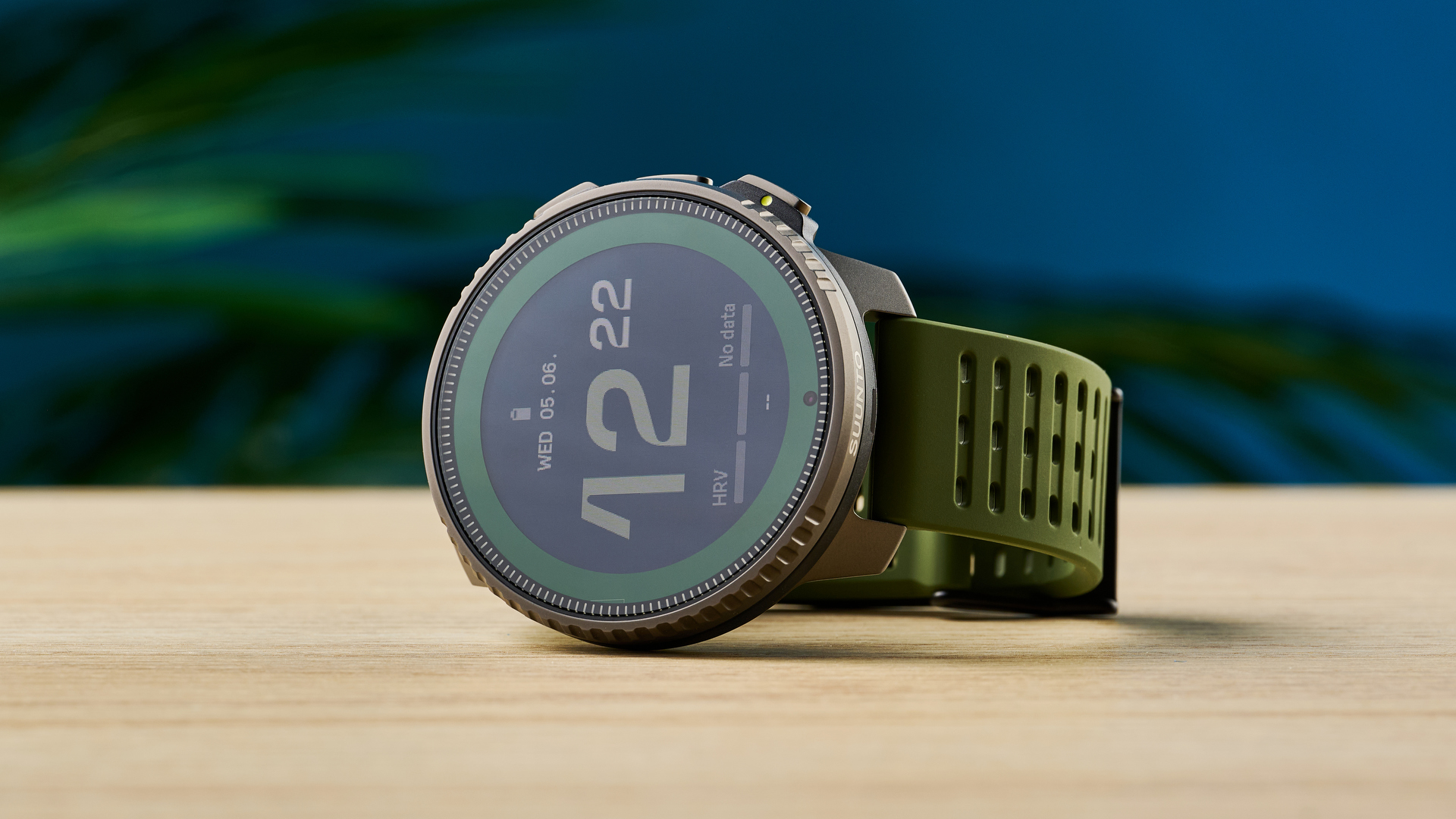
When choosing a new wearable, it can be overwhelming trying to decide between the best smartwatches. As soon as I read that Suunto’s products are made in factories that use 100% renewable energy, and that the new Vertical’s battery life can last up to a year with solar enabled, I wanted to check it out.
Suunto markets the Vertical as an “adventure watch for outdoor expeditions and training”. As such, it’s packed with features that’ll suit lovers of the outdoors, from activities not commonly found on the best fitness trackers through to trail designing and super-precise GPS location tracking.
If that sounds like your thing, this watch could be worth the heavy price tag, which starts at $629 but scales all the way up to over $800, putting the Vertical into the premium mix with the Apple Watch Ultra 2 ($799).
However, if you just need a smartwatch for exercising in the city or hitting the gym, the Suunto Vertical is probably not worth nearly double the asking price of something like a Garmin Venu 3 ($449) or Apple Watch 9 ($399). What’s more, the Vertical has some pretty glaring flaws given its premium price, from a relatively low-res screen through to a temperamental blood oxygen reader (not great for scaling mountains).
So, is it the right smartwatch for you? Find out in our full Suunto Vertical review.
Suunto Vertical review: Cheat sheet
- What is it? A luxury, high-spec adventure-focused smartwatch
- What does it cost? A lot: this watch starts at $629 / £545 (My testing sample was the $839 version)
- Who is it for? Explorers, mountaineers, divers, or anyone into extreme sports
- What do we like? The range of expedition features and user-friendly companion app
- What are its weaknesses? The price, low-res screen, lack of customization, and the fact that important features were temperamental
Suunto Vertical review: Specs
Suunto Vertical review: Price & availability
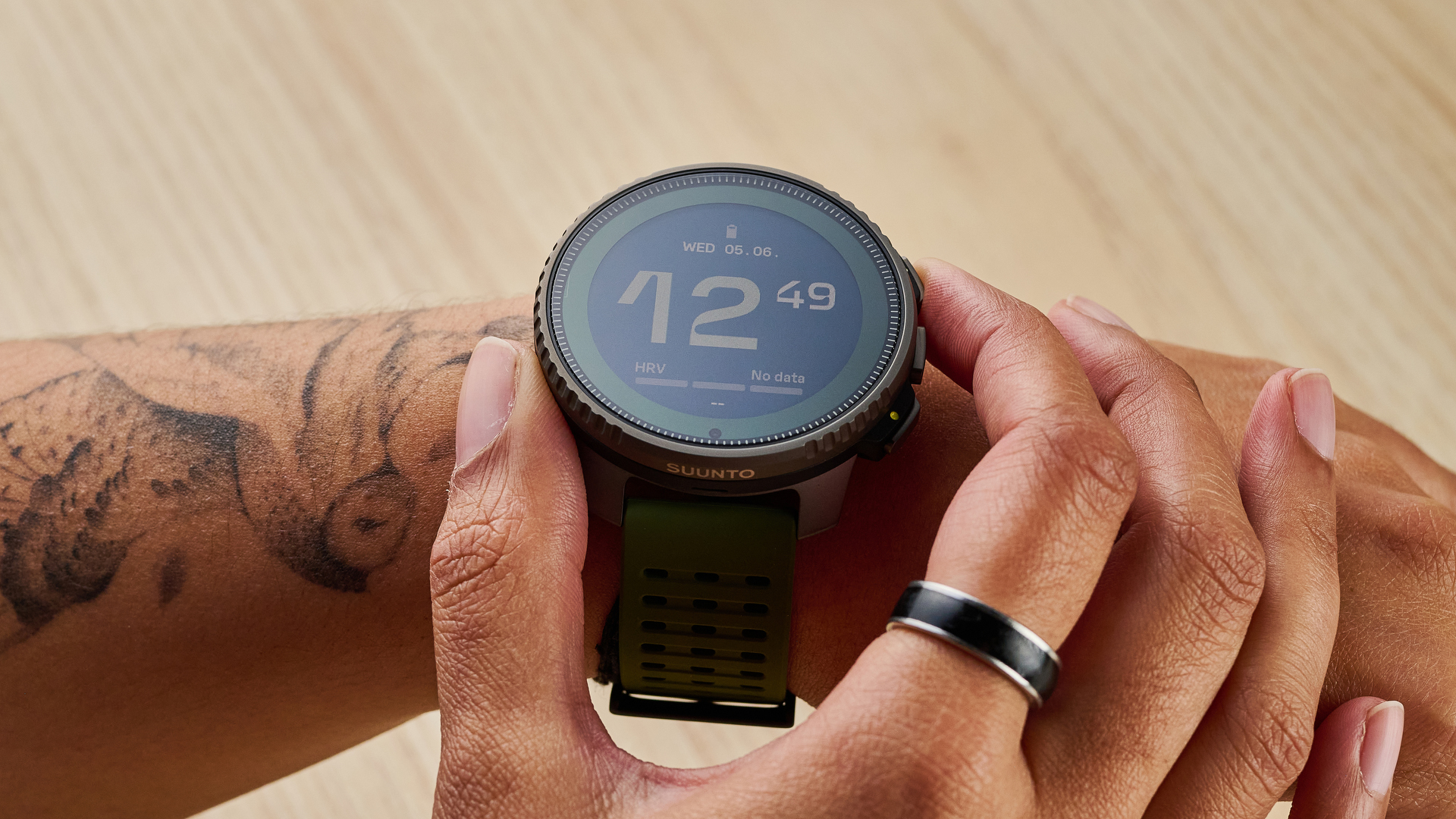
The Suunto Vertical isn’t cheap. Actually, it’s really expensive. There’s no way around it: the model I tested is $839 / £725, but the more basic models start at $629 / £545. It felt strange having something more expensive than my monthly rent on my wrist.
The Suunto Vertical is markedly more expensive than the spec-heavy Garmin Venu 3 ($449) and the top-of-the-range Apple Watch 9 ($399). The Vertical has built-in maps and trails, but the Apple Watch 9 has that, too. The Vertical has a blood oxygen monitor (that never worked during testing; more on that later), but so does the Garmin Venu 3.
The Vertical analyzes your resources, recovery, and training readiness, but the Whoop 4 does that, too (albeit with a subscription). The Suunto Vertical is available worldwide via the Suunto website or via Amazon.
Suunto Vertical review: Design
From the outset, you’ll notice this watch is big (way too big for my wrist). I know I have petite wrists, but this watch looks like a little girl wearing her mom’s high heels. It’s a shame that all of Suunto’s other models are only available in the same larger sizes.
Apple Watch screens range from 1.6 inches to 1.9 inches (40-49mm) and Garmin has a specific “Watches for Women” section on its website. I would also like to see Suunto offering a wider range of straps as standard to make its product appeal to everyone. You can get fabric or leather straps, but only if you pay $61-$99 extra. If I’m paying upwards of $800 for a watch, I should at least be able to choose my strap when purchasing. And if this device is solely for outdoor use, a Gore-Tex fabric strap would seem like a good addition.

To round off my design-related concerns, I have to mention the watch’s interface. I think the dark design could have been great, like the Google Pixel Watch ($349). Google’s design is modern and attractive, with simple backgrounds and a bright, high-resolution screen. However, the Suunto’s interface is laggy, with superfluous icons, an uncustomizable font, and a dull, pixelated, low-resolution screen — for $800, this is not good enough. I switched my color scheme to “Sakura” (pink) and it only changed two tiny icons at the top of the home screen. Everything else remains Suunto’s default style.
While I’m not a fan of the watch’s screen, the actual casing of this watch is secure and well-made, solid enough to withstand a plethora of outdoor adventures. The titanium bezel and case is meticulously crafted, and it’s the perfect mix of modern and utilitarian. The watch feels indestructible (I’m not about to run it over with an SUV to test that theory) which is going to be reassuring if you're trusting to it while out in the wilderness. Overall, it's clear Suunto is going for substance over style here — but I still feel a slightly better equilibrium could be achieved.
Suunto Vertical review: Eco manufacturing
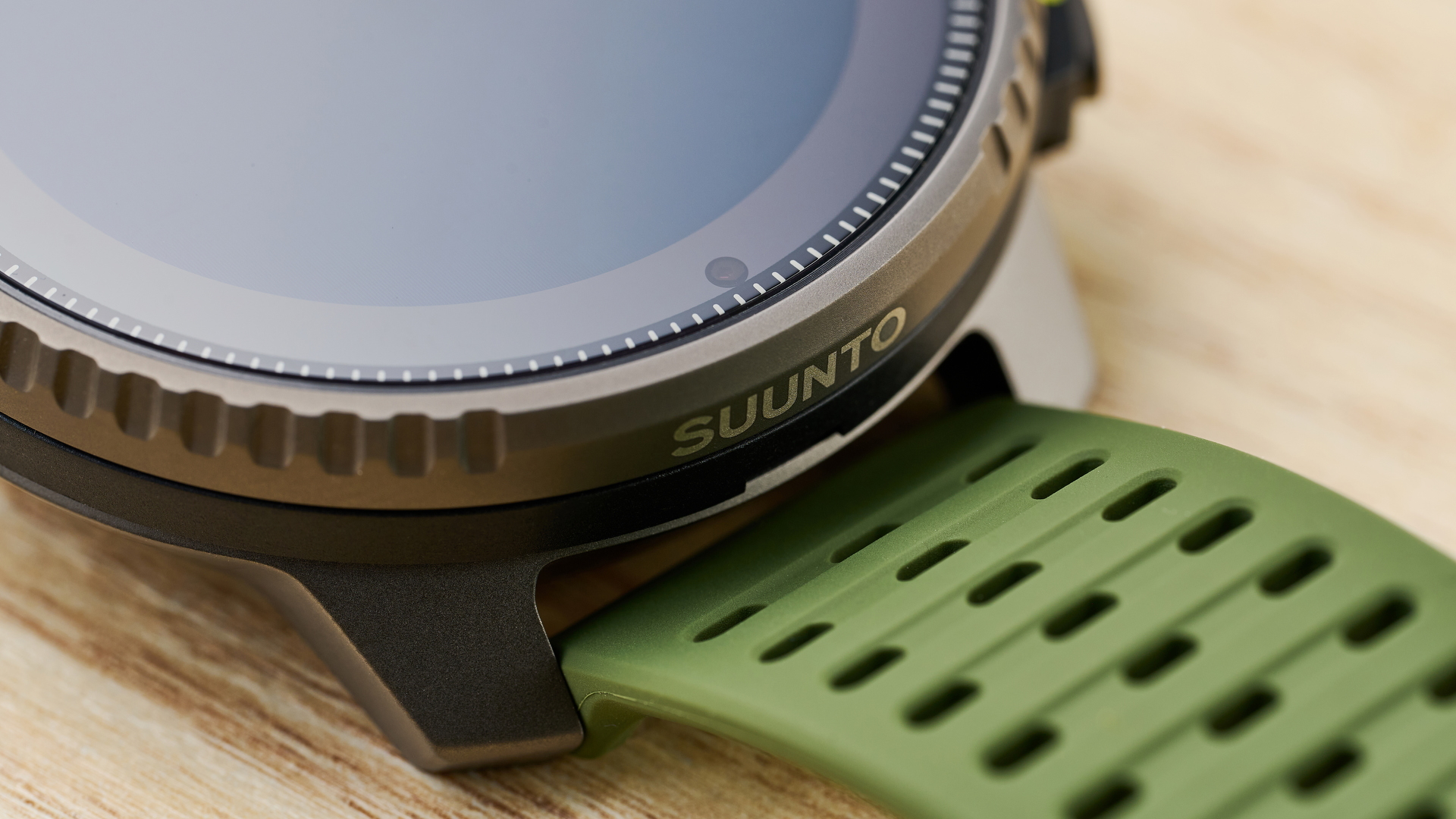
One of the aspects of this watch that resonates with me is Suunto’s commitment to the environment. The Finnish brand has really invested in ensuring its products protect the environment as much as possible.
Suunto says it believes in producing “long lasting, and whenever possible, repairable products. This means sometimes going against tech development trends.” This certainly explains the titanium case, and could also explain the low-res watch screen.
Suunto also displays sustainability reports on its website, which candidly admits that <10% of its products are manufactured in China. To offset its emissions, Suunto undertakes reforestation projects in Southeast Africa and rainforest conservation in Borneo.
Suunto seems to be a company who doesn’t just say it cares about the planet — its actions back it up, too. It’s simply a shame that, at $839, the Vertical may put environmentalism out of easy reach for many.
Suunto Vertical review: Fitness & health features
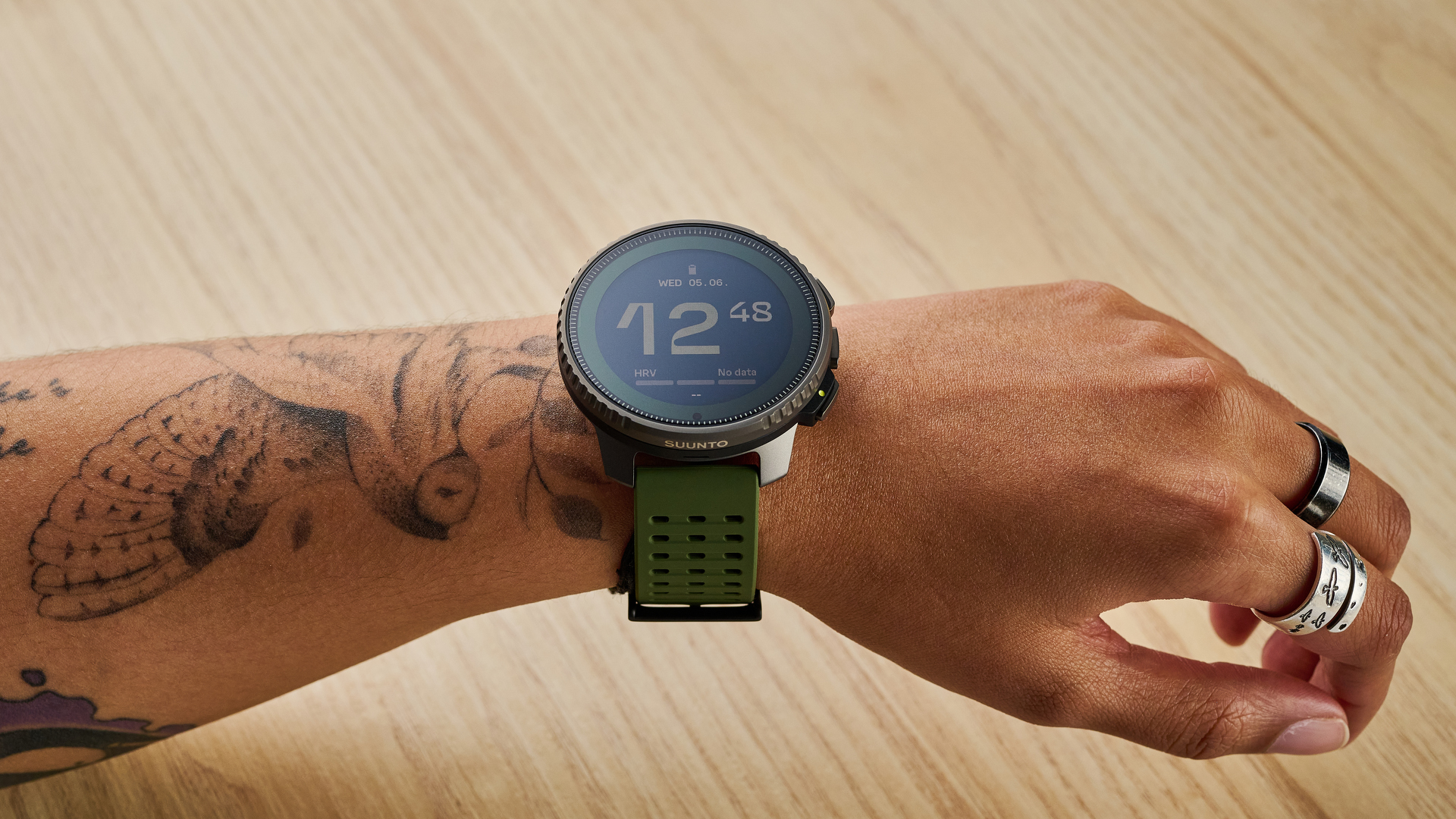
The Suunto Vertical’s wide variety of fitness features — particularly those relating to outdoors activities and extreme sports — are without a doubt the most attractive aspect of this watch. It offers a big mix of common sport presets, like hiking, running, and cycling, alongside more obscure activities like mermaiding, paragliding, and telemark skiing.
I used the Suunto Vertical to track yoga, running, and cycling. When cycling, the Vertical tracked my route and my pace and even told me how much CO2 I saved by not driving. I’ve never thought of that before, so I was pleasantly surprised.
The Suunto app offers more stats like ‘TSS’ and ‘PTE’, but frustratingly, it doesn’t tell you how to calculate these numbers. That’s not to say it massively impacts the function of the watch, but it doesn’t satiate my curiosity. I shouldn’t have to Google these stats, it should be in the app.
I’m by no means a competitive athlete, but I enjoyed looking at my recovery rate. This is a very basic feature, though, something you’d see on the best cheap smartwatch like a Fitbit Versa 3 ($229) — and you’d save $600.
If you‘re an avid open-water swimmer or regular mountaineer, this watch could be a good investment, but for anyone like me who exercises in the city or gym, with only the occasional mountain adventure (I would have liked this watch when I summited Mt. Fuji last year!) this is overkill.
Suunto Vertical review: Extra features
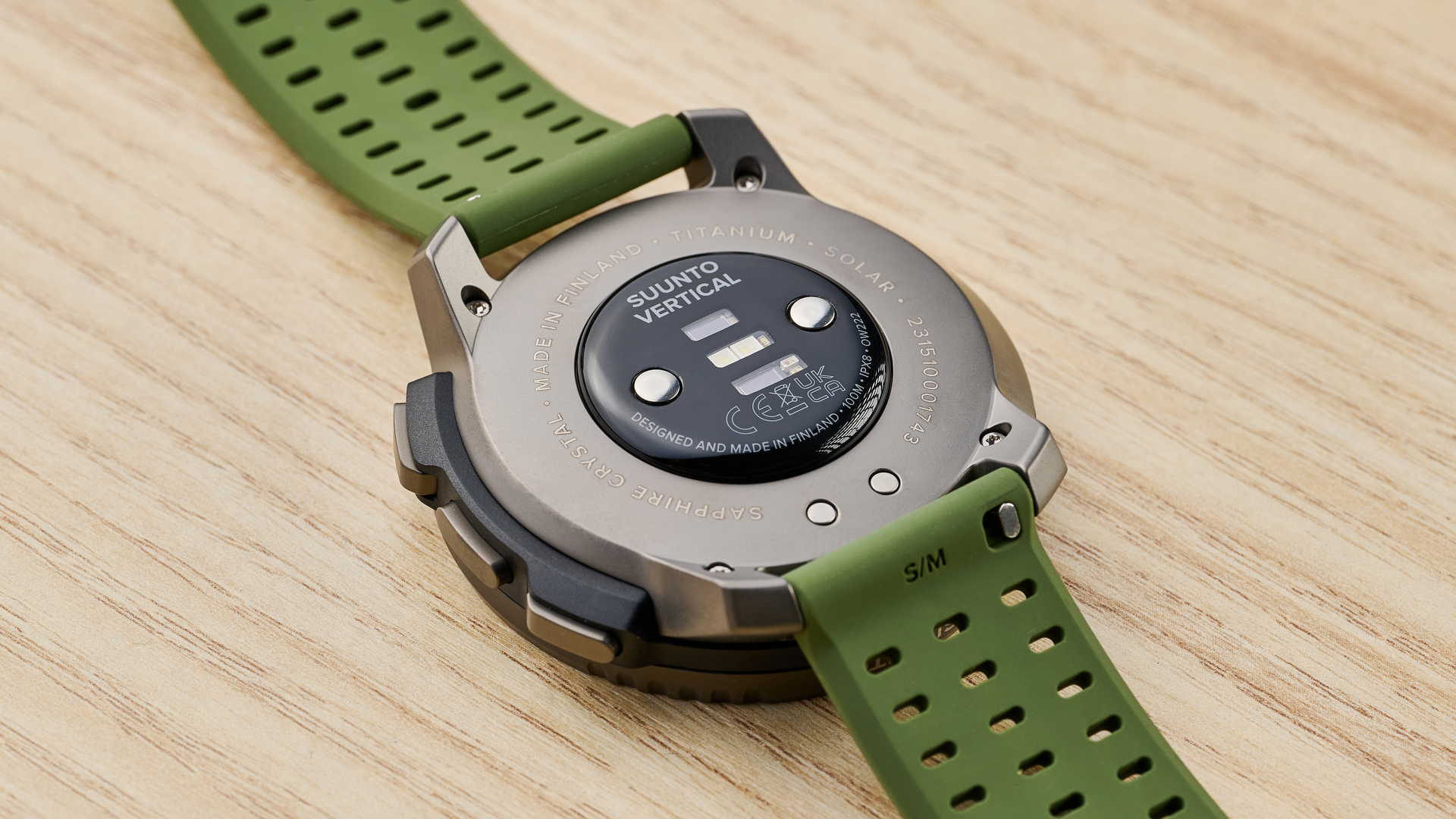
One of the most appealing features of this device is the super-precise location tracking, which is useful on treks or expeditions and helps give extra peace of mind. You can also make your own routes using the Suunto app, which isn’t restricted to designated trails, so great for plotting explorations off the beaten track.
It’s as easy as this: tap somewhere on the map, select ‘make point A’; tap somewhere else on the map, select ‘make point B’ and the Suunto app will make you your very own trail. You have to download this route manually from your phone to your watch, but all you have to do is click a button. This works effectively with the in-house compass because you can follow your premade route without having to get your phone out.
On top of this, the Vertical comes with a handy sunrise/sunset feature on the home screen, where you can see how long you have to wait out a freezing night before the sun peeks over the horizon, or how long you have to get home before nightfall.
And if you’re off on a mountaineering mission, the in-built barometer can tell you if you’re about to stumble upon inclement weather, and the recovery training setting tells you if you should intensify your workouts or calm down. All of this will be really useful on a through-hike or mountaineering mission, but again it’s not worth the spend for the average city slicker.

Unfortunately, a big red flag during my testing was that the blood oxygen monitor didn’t work. I tried it on both arms, in about ten different locations, keeping my arm completely still (as per the watch’s instructions), but it always alerted ‘Blood oxygen could not be measured’. When it did manage a measurement, it said 78%, which obviously wasn’t true. If it was, I would not be here writing this review (anything less than 93% would be critical).
To test if it was a me problem or a watch problem, I tried on the Coros Vertix 2s two seconds later, which read my blood oxygen as 98% with no issues. Three other people in the office tried the Suunto Vertical’s blood oxygen monitor after me — on two it didn’t work at all, and for one it said 93% — again, a lethal reading — so I doubt its accuracy.
This could be problematic for those climbing mountains, where blood oxygen can be a critical reading to assess the effects of altitude. Of course, we wouldn’t recommend relying solely on the watch for this kind of critical health insight, but it is a problem. We’ve reached out to Suunto’s representatives to establish why this may be, but haven’t received an answer yet. When we do hear back, I'll update this review accordingly.
Suunto Vertical review: App

The Suunto app was super easy to connect to Apple Health on my phone, and in turn was super easy to connect to the Withings Body Smart I was testing at the same time. Harnessing the power of Apple Health, both the Withings and Suunto app synced data from the other, which is impressive.
One of my biggest qualms is that the Suunto app has no formula or information telling you how it works out if you need to relax or work out harder. You also have to be on the Suunto Vertical home screen to sync data with your phone, which is annoying — with the Apple Watch and Google Watch, your data will sync automatically, although with the Fitbit Sense 2 and Garmin Vivosmart 5, you have to go on the app to data sync, so the Vertical isn’t alone in this. Is this an Apple and Android problem or a third party app problem?
Likewise, you have to go through three screens to delete an activity, which is annoying. You can use the touchscreen for most in-watch navigation, but certain things (starting and ending an activity) you have to use the buttons for.
Suunto Vertical review: Battery life
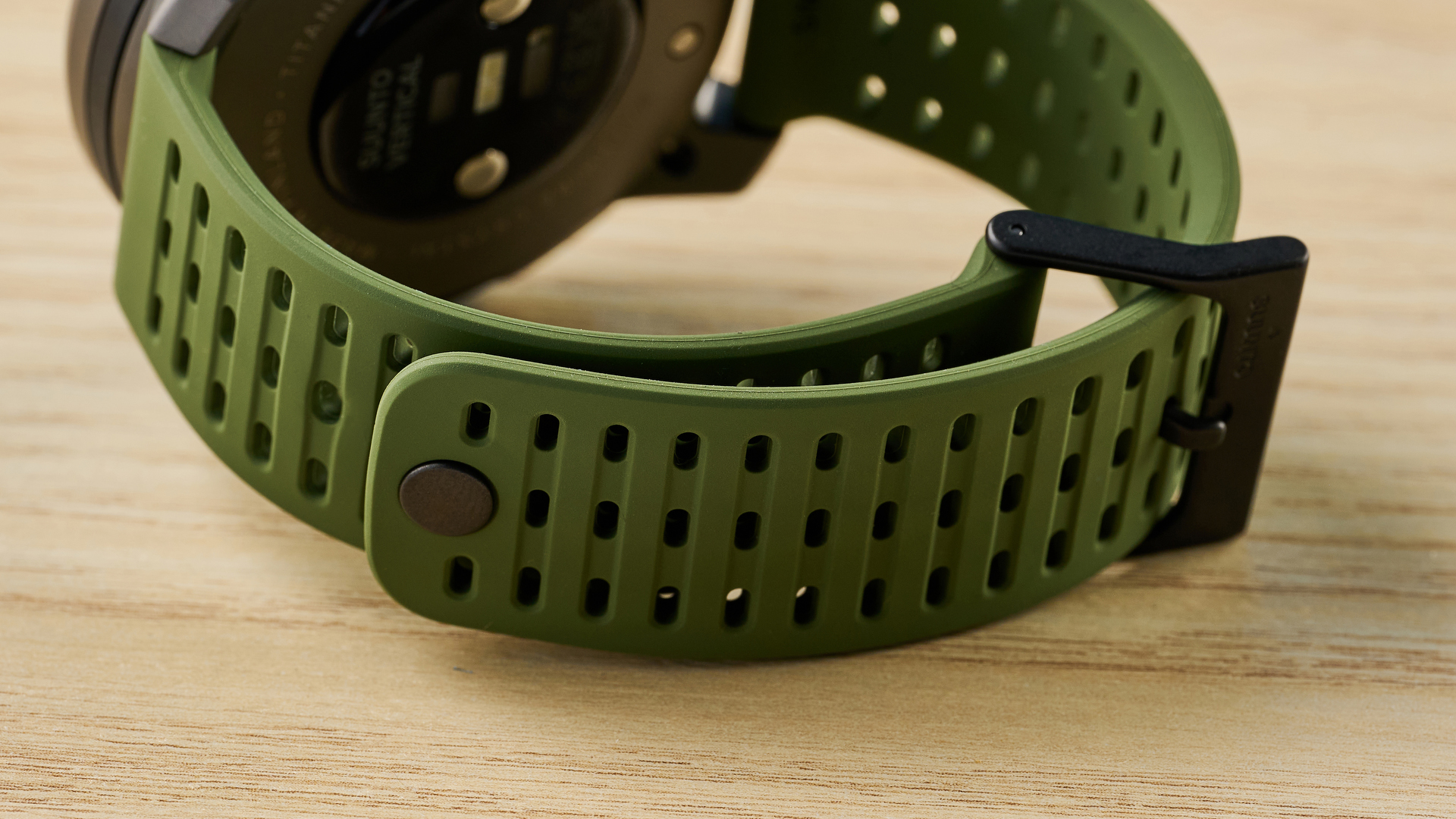
Suunto claims the Vertical can last up to 60 days, but I used this watch non-stop for a week and it went down to 57%. The Vertical also charges using solar power — the user doesn’t have to activate this, it simply works in the background.
Suunto says one electric charge can last you up to a year, which is ideal for extended trips in the wilderness. However, given my experience with the battery in the middle of summer, it’s worth keeping a portable charger handy if you’ll be away from home for a while.
Should you buy the Suunto Vertical?
The Suunto Vertical is really geared towards extreme sports, mountaineering and expeditions, so I only recommend considering this watch if you’re a daredevil or are embarking on ambitious adventures across the globe. For those people, the range of unusual activities, trail planning, GPS location tracking and solar power may be worth the spend.
However, even with that audience in mind, you should still expect such an expensive watch to come with appropriate features — a better display, more customization and for safety features like blood oxygen readings to actually work.
If you’re ascending over 6,561 feet, you probably shouldn’t be relying on a smartwatch to figure out if you’re safe, but all the same, for the price, we expected more polish. While Suunto’s environmental manufacturing policies are admirable, I still don’t think they’re enough to justify this price tag.
The Vertical does many things. But so do far, far cheaper watches. Unless you’re a keen explorer and need the battery, you may find a more suitable offering from Garmin or Apple in this regard. However, the company's sustainability credentials should be applauded and I'd like to see more manufacturers following in Suunto's footsteps here.







